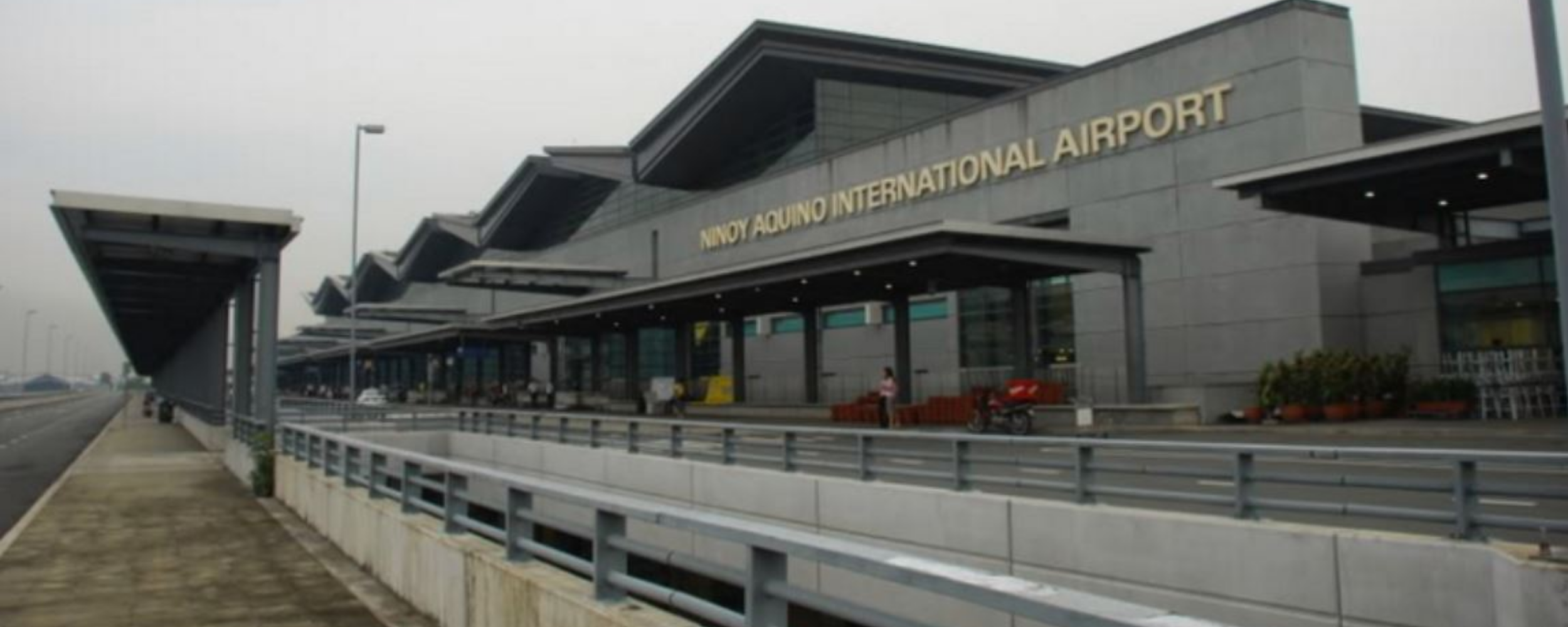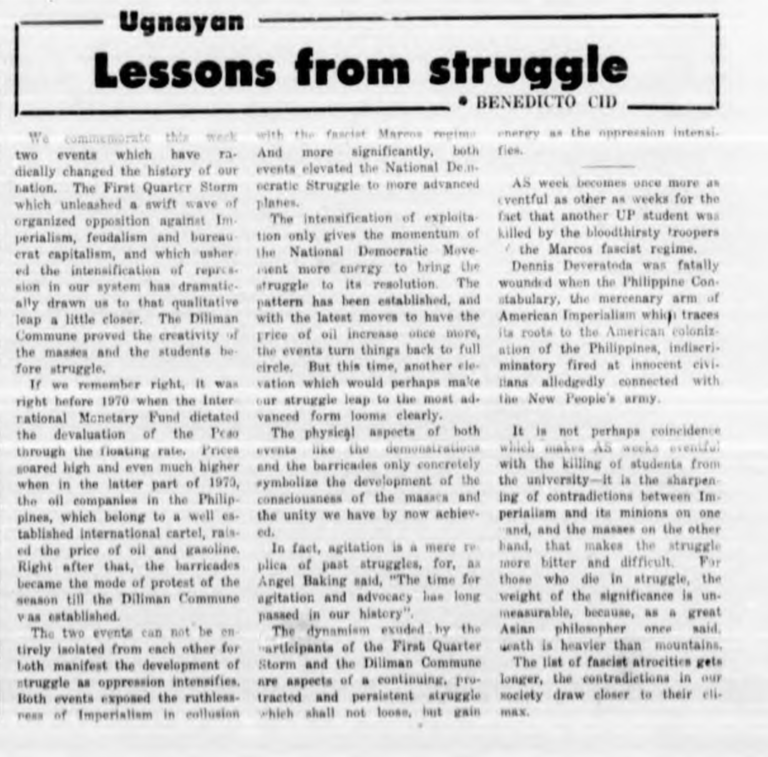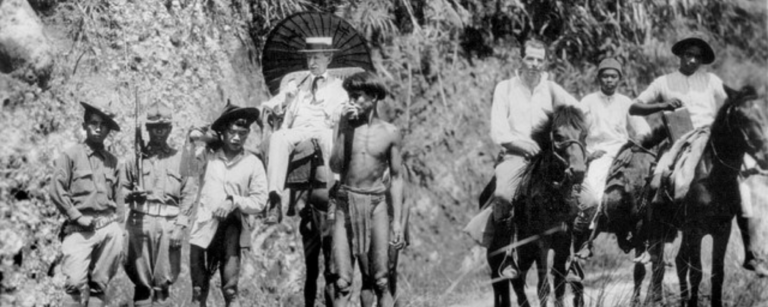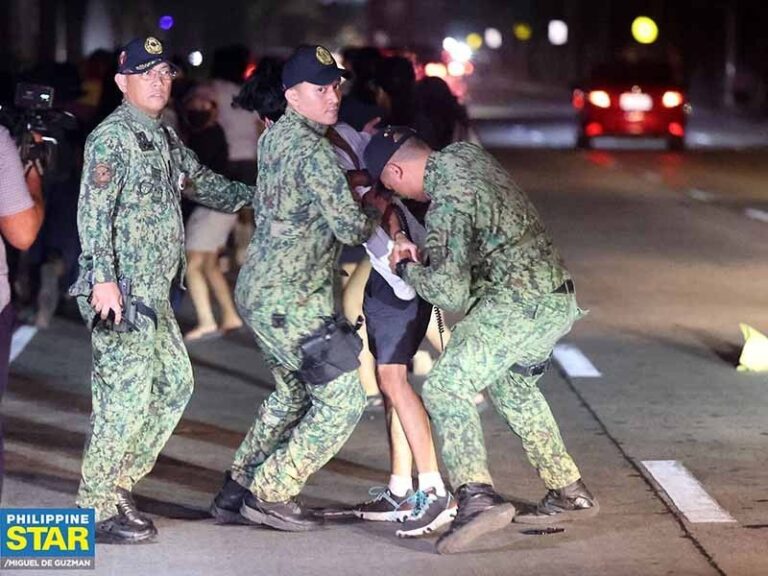
Few days after an inaugural speech riddled with lies to redefine the Marcos family name, a Marcos ally in the Congress proposed that the Ninoy Aquino International Airport be renamed after the late dictator and namesake of the current reactionary president, Ferdinand Marcos.
Is this an issue? In many regards, yes. This proposal is nothing but part and parcel of the Marcos family’s long-term project of historical distortion and denialism. We must oppose this not because we are dilawan or whatnot, but because we oppose letting them control the narrative.
Amidst rising prices of basic goods, cases of COVID-infected patients, and negligence to attend to the people’s urgent needs, we ask, does this renaming really matter? Both yes and no. In the short run, there are far more important problems that the Marcos regime has to resolve, without a complete Cabinet and the competency to resolve public issues. In the long run, this is a battle for historical fact, public memory, and truth-telling. It matters because the nation’s story has proven that twenty years of Marcos Sr.’s brutal dictatorship has cost a future we must reclaim.
To allow them to control the nation’s past and present is to enable them to control our future. We must resist, even in the smallest ways, like opposing the meanings behind their intentions.
Writing and rewriting the myths
Various scholars have already studied the cultural effects of place-names in the nation’s history. But a name as divisive as the Marcoses inflicts pain on deep wounds that are yet to heal.
The Marcos myth remains deep-rooted in the cultural and economic realm. Culturally, the epidemic of disinformation has been instrumental not only in rigging an already anti-people election but also in (re-)writing myths. The massive debt-driven infrastructures remain erected to remind the people of a Marcosian edifice meant to cover up the tyrant’s crimes and sins.
Spaces in the capital region, filled with the Marcosian apparatuses of cultural manipulation, are amplified by the digital frontiers of story-telling. We have seen in the recent elections how disinformation is a major weapon in polarized societies. Rewriting the myth is a project that started in 1986 when they were ousted by the people. And the seemingly innocent and natural renaming of an airport is but a piece to consolidating the myths they have been capitalizing on.
As Gavin Shatkins argues, “space is privatized and commodified to carry out disciplinary power through the knowledge of exclusion” (p.25). Renaming NAIA to privatize it as a Marcos creation and legacy (despite the bill falsely claiming it was built during Marcos Sr.’s time but was actually built during early postwar years) is a means of excluding those who dissent to dictatorships as outsiders that have to be disciplined by the State – a sign of Marcos-style fascism.
Moreover, we draw from Barthe’s concept of the myth and see that the perpetuation of the Marcosian myth is a bourgeois attempt to mobilize “unity” towards their fascist agenda in a society riddled with crises. It is fascist because it sees the Nation to be a slave of the State. Remnants of the Bagong Lipunan are alive in speeches that are meant to capitalize on the people’s hope while assassinating it in the process. Best exemplified by Marcos Jr’s claim, “ang pangarap ko ay pangarap niyo,” he dictates that their interests are the same with the people.
In the end, the objective interests of the Marcoses and the Filipino people are not the same.
Spaces and stories of struggle
The colossal power of the Marcos-Duterte tandem in the political, economic, and cultural field is a challenge for mass movements based on anti-fascist and democratic principles to be re-educated and rethink. Society’s chronic crisis amplified by anti-people state policies have laid the groundwork for fascist demagogues like Duterte and Marcos Jr. to sell their myths – change is coming and unity – to the people who are yearning for genuine social transformation.
Spaces, both physical and digital, are battlefronts of storytelling. Every day, we see the glaring contradictions between myth and reality. Myths die but they do not die on their own. They live as long as they are caressed by their masters. We must expect that Marcos will continue to write and rewrite their myths. It is his best chance to conceal his incompetence and pretentiousness.
Social movements are in the process of reclaiming “unity” and “change is coming” as central messages of their campaigns. A lesson from the 1970s and 1980s offers an interesting insight. Marcos stole the language of the insurgents: “bagong lipunan,” “democratic revolution,” “ideology” etc. But stories also remind us of how the people reclaimed these in revolution.
Myths can be demystified. This is what the struggle tells us. Marcos was ousted because his myths have become disproven. But the germs of the Marcosian myth are not fully exterminated in the country. As long as conditions for bourgeois dictators like him exist, we are bound to face new Marcoses to mislead the people. But hope remains that we exist in the same society where these myths can be combated by counter-myths, significations which are proletarian in essence.
Struggles are in spaces and stories. Whether it is the actual airport or the meaning we ascribe to the airport, struggle is there. The challenge for us is to persevere in the struggle to fight back, no matter how strong the enemy is. We must unite not for the enemy but for ourselves.
In the grander scheme of things, renaming NAIA to FEMIA is not a dichotomy between two powerful bourgeois political families. The dilawan narrative is a scapegoat to cleanse the Marcos family name. The real objective here is to make the Marcoses God, above the law as they have always tried to do, so that when the day of reckoning comes, they are spared. However, Karl Marx reminds: “history repeats itself first as a tragedy, second as a farce.”
In the end, Mao Zedong offers the synthesis between objectivity and subjectivity: social practice. What social practice means for the oppressed? Demystification of bourgeois myths and their reconciliation with reality. Social practice bridges the gap between what is and what ought to be. In struggle, we understand yet we also dream. We change the world as we come to know it. As the writer Carlos Bulosan proclaims, “if you want to know who we are, we are the revolution!”
So, what’s in a name? A name is an identity in which we evaluate how people have lived their limited lives in such a limited time. And the Marcos name is a name synonymous to the devil.
#MarcosItakwil
Featured image courtesy of NAIA Terminal 3 Facebook page







